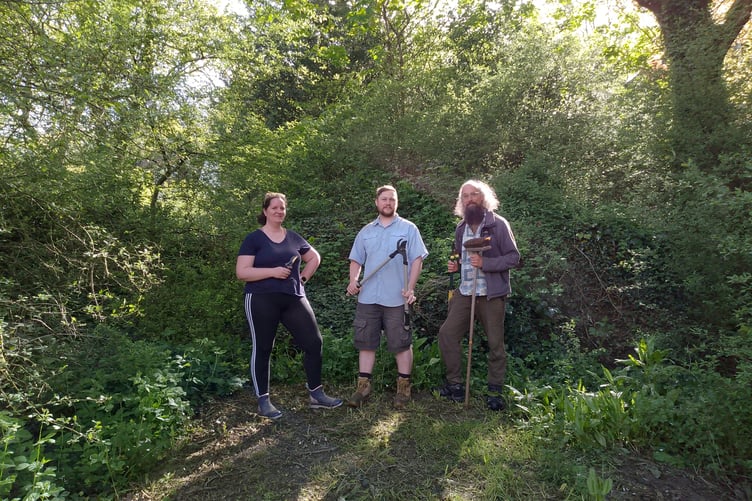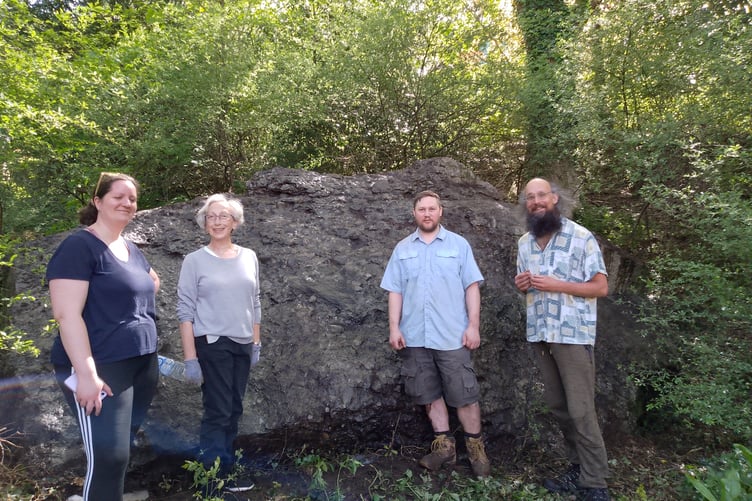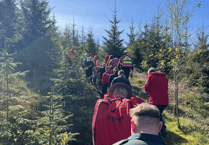An iconic rock in Llandrindod Wells is seeing the light of day once more, after volunteers removed a covering of ivy and brambles that had made it invisible.
Many local residents remember it from childhood days on Temple Street, but it has since been largely forgotten, and entirely grown over.

The importance of the boulder was explained by Dr Joe Botting, a local palaeontologist: “This wonderful lump of rock is an erratic: a rock transported by glaciers from the Elan Valley, and dropped when the ice melted, somewhere around 15,000 years ago.
“The rock is a conglomerate, and the same as that exposed around Caban Coch in the Elan Valley: a thick deposit of sand and pebbles that was laid down around 440 million years ago, during a different ice age at the end of the Ordovician Period. So, this rock is a relic of two ice ages!
“Over the past few years the erratic has become completely covered by greenery and a thriving community of invertebrates... so our little band of volunteers on the day carefully removed the dense mat of ivy, brambles, moss and compost, to let the creatures within it live out their lives nearby.”
The work was done by volunteers for the soon-to-be-announced Geoparc Calon Cymru – Heart of Wales Geopark. The geopark will aim to celebrate and explain the incredible geological heritage of the local area, together with the biodiversity, history and culture of this remarkable area of Mid Wales.
The formal launch of the geopark is being planned for this summer.
Look out for guided walks, talks, fossil identification sessions, and other events in and around Llandrindod.





Comments
This article has no comments yet. Be the first to leave a comment.